
The most important part of visiting Dunhuang is the Mogao Grottoes, which is naturally a must-see. Due to protection reasons, the number of visitors to the Mogao Grottoes is controlled. Tickets must be booked well in advance. It can be said that the time for this northwest loop tour is based on the time of the Mogao Grottoes. This also requires two days of stay in Dunhuang. one of the reasons.
Fortunately, because we were in a group, we booked our tickets very early, so we didn't miss anything. We got up early and went straight here to wait for the visit. The entrance is a very beautiful hall, a place for tourists to rest, and we also caught up with the flying show in the morning.

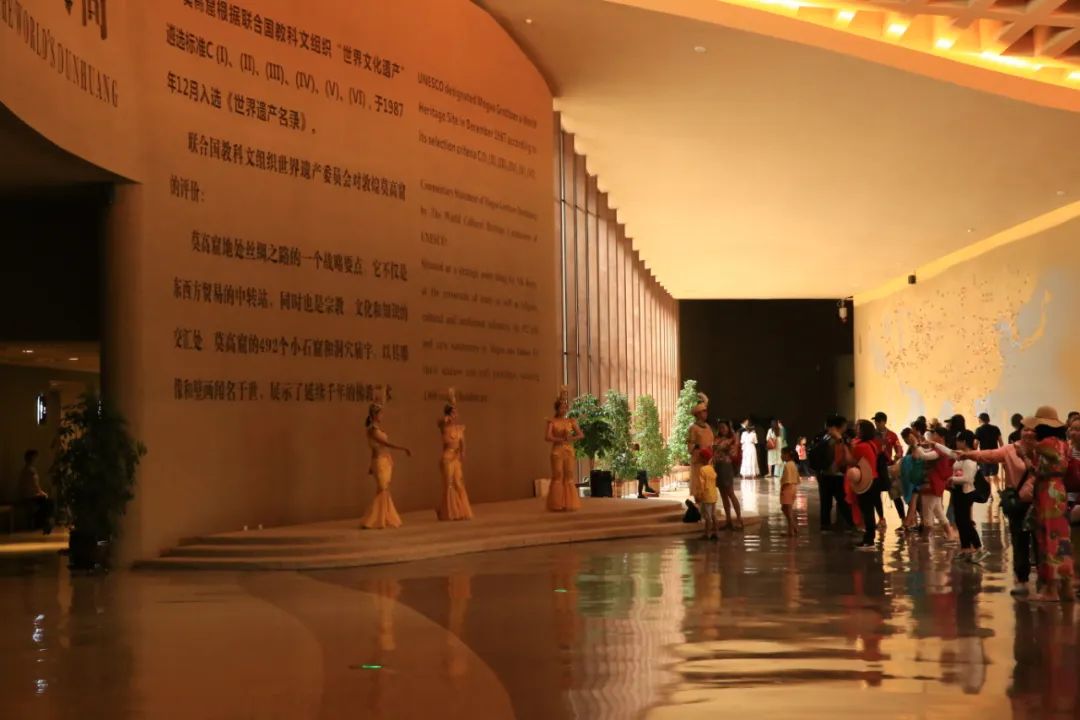
Then you have to queue up to take a scenic vehicle to see it.
The main content of the Mogao Grottoes is the murals in the cave. You can imagine how difficult it is to preserve such an artistic treasure in this barren land of the Northwest. Therefore, photography is not allowed in the scenic area, and you can only listen to the tour guide's explanation, and every day The caves that a group of tourists saw were still different because the temperature inside the caves had to be controlled.
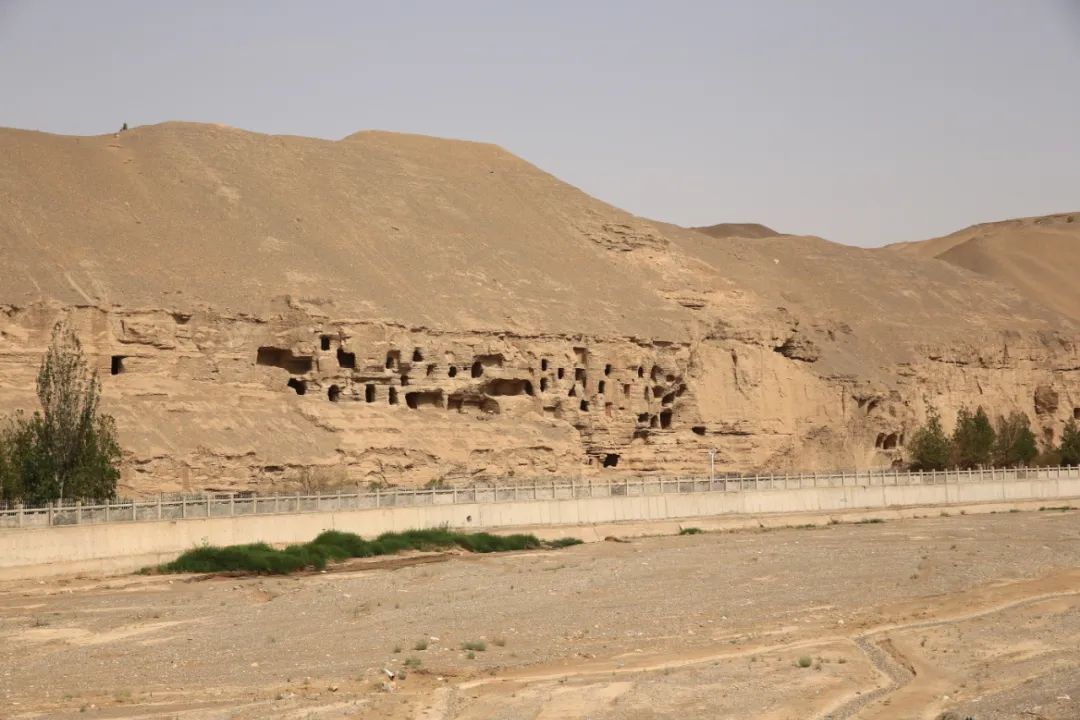
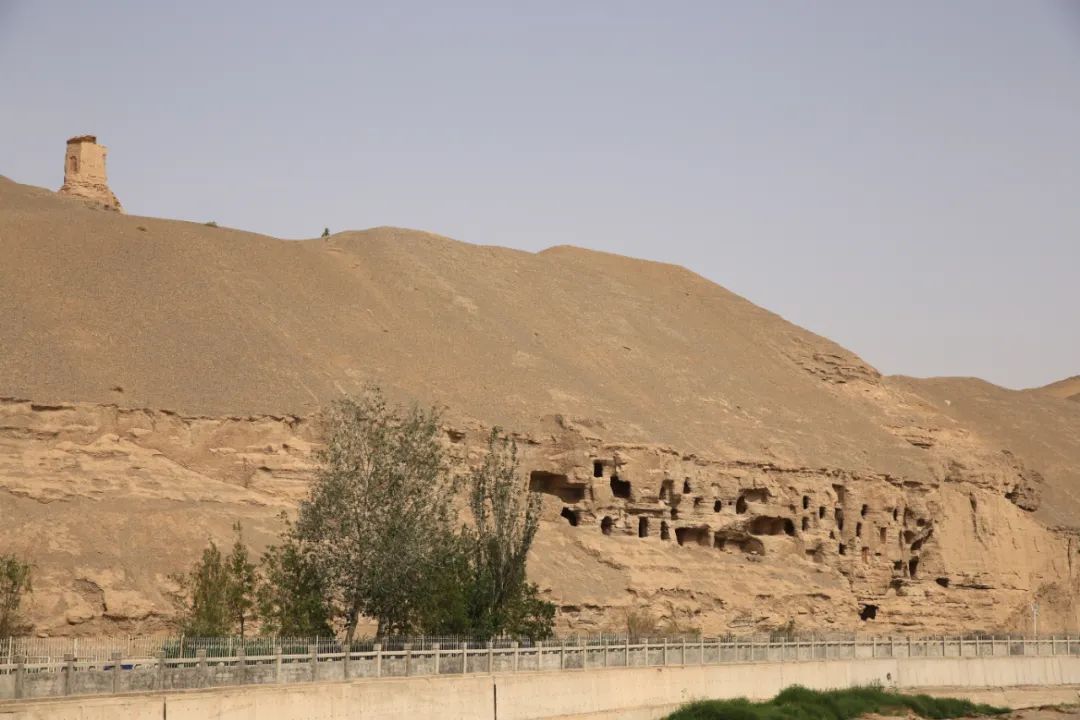
Looking at the cave from a distance
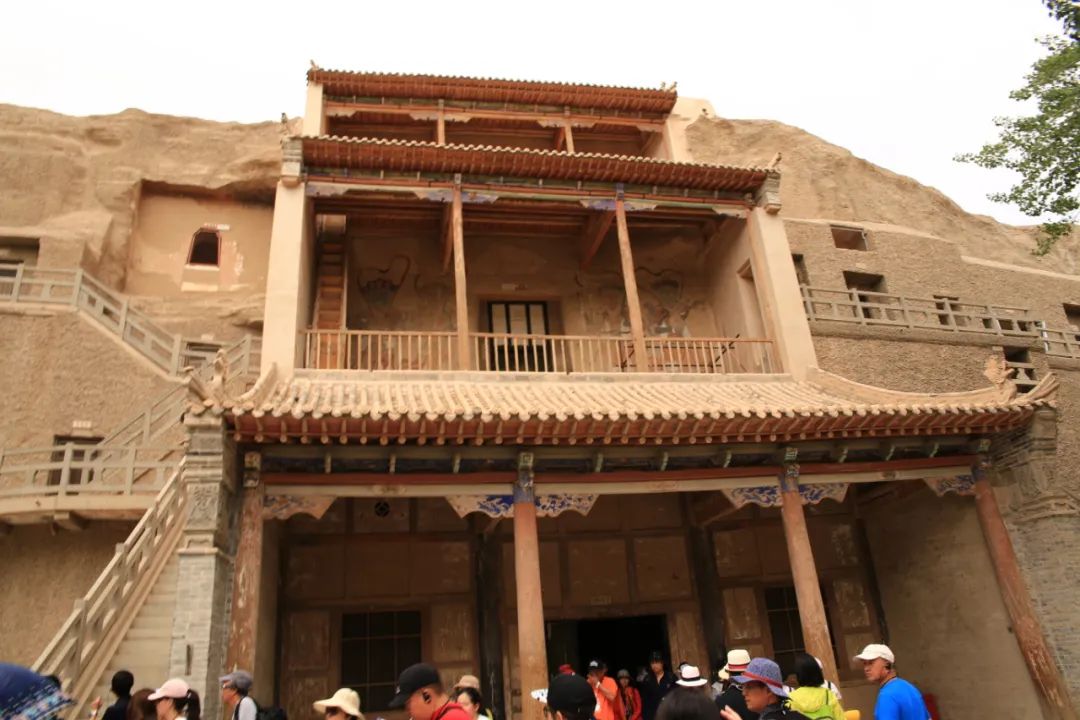

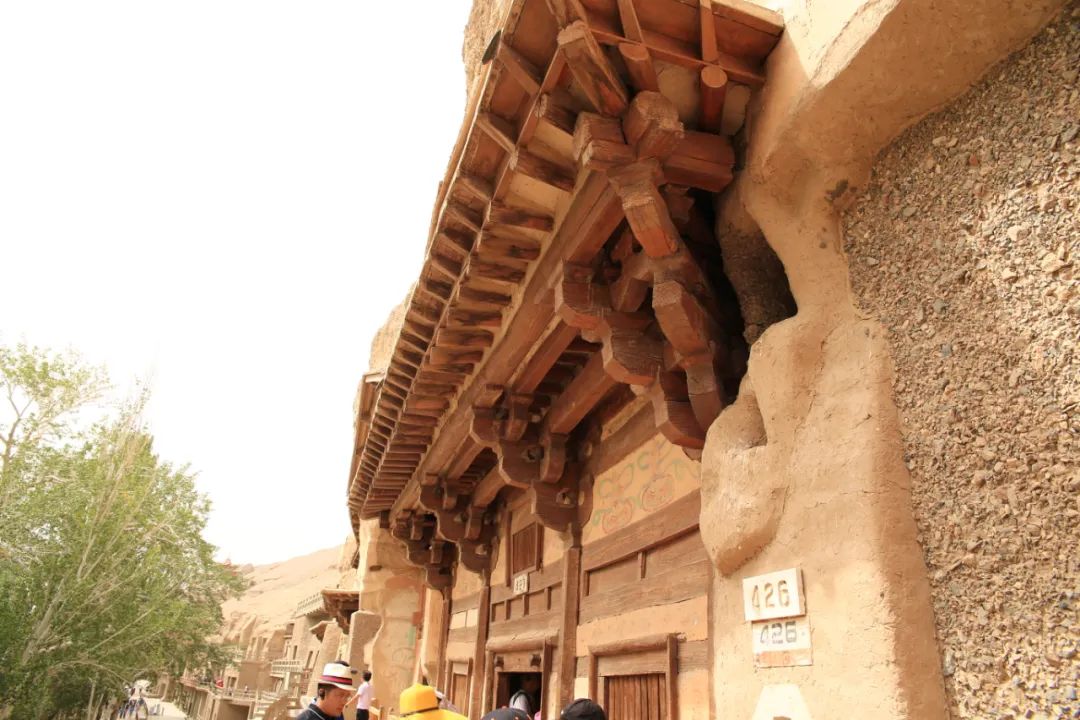
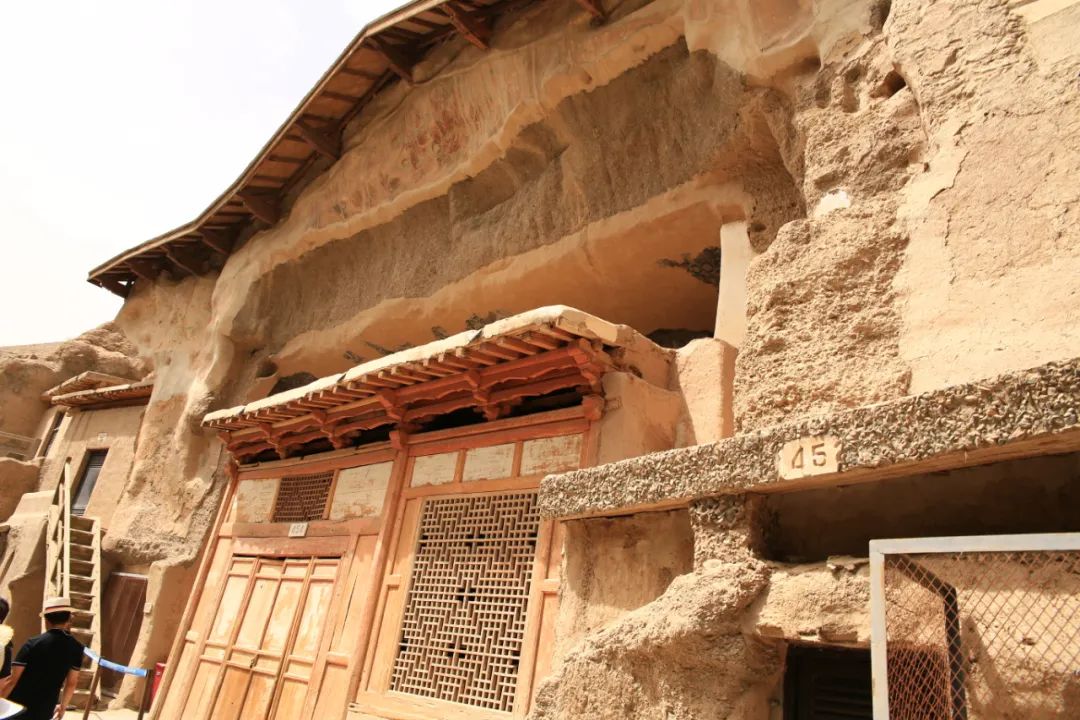
The more beautiful buildings outside were built to protect the murals, and the original murals were directly exposed to the air.

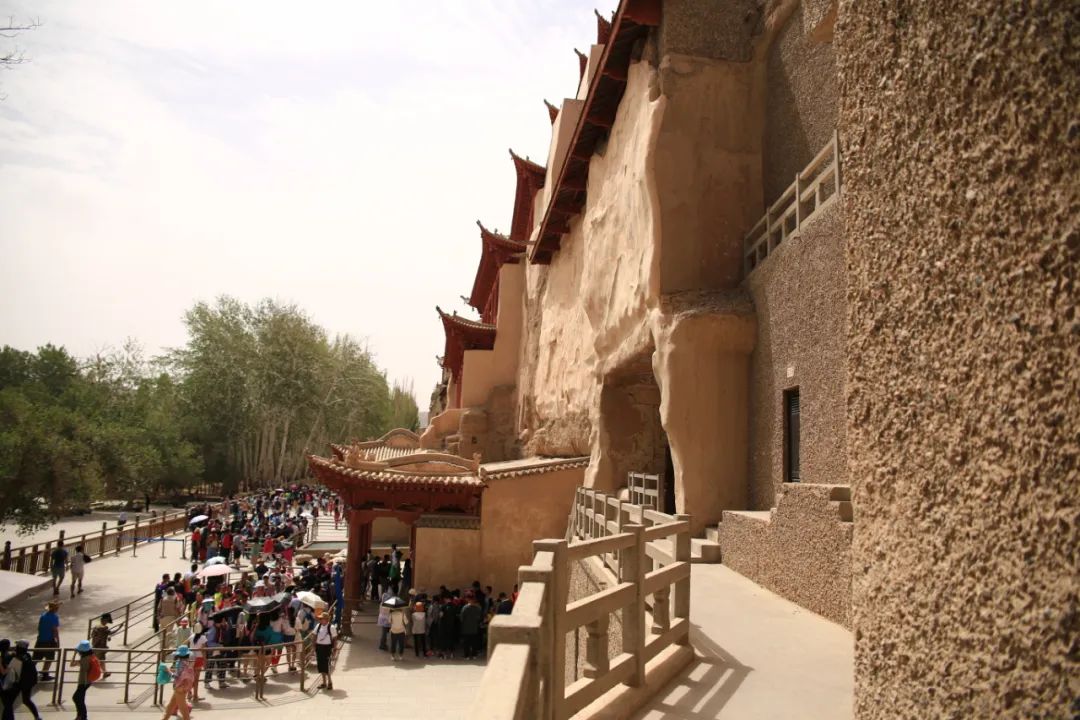
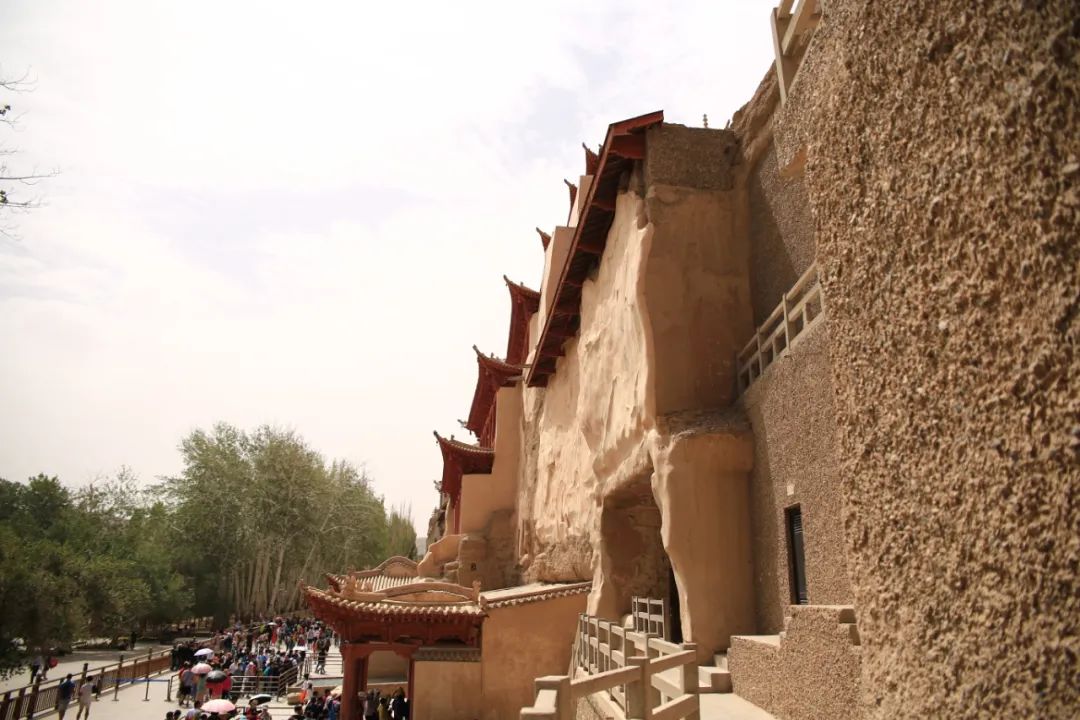
There are still quite a lot of tourists, and the total number of visitors is controlled every day.
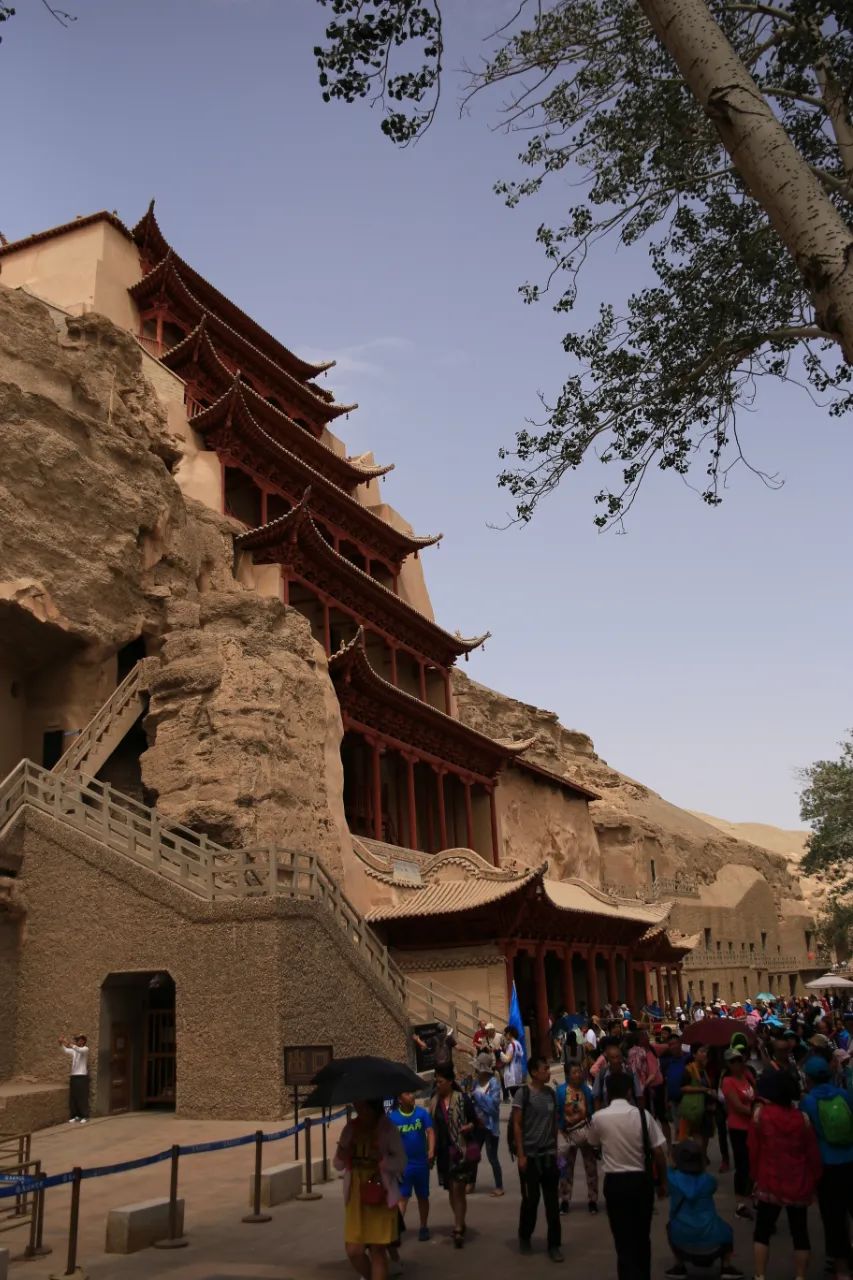
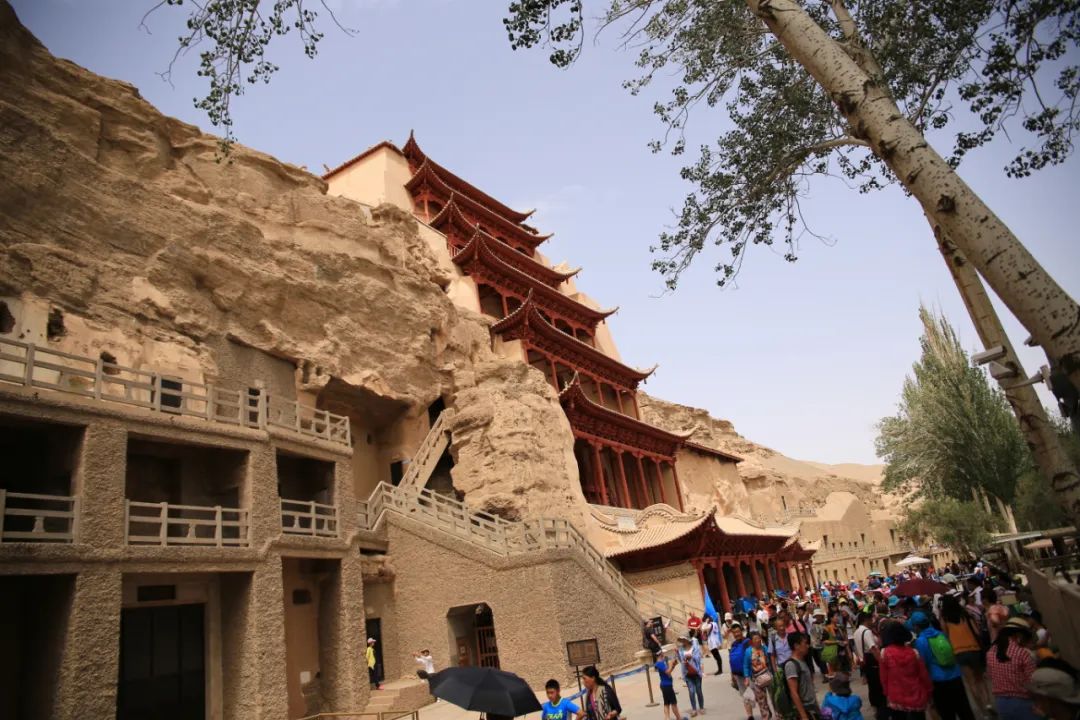
The most representative architectural appearance of the Mogao Grottoes is not allowed to be photographed inside.
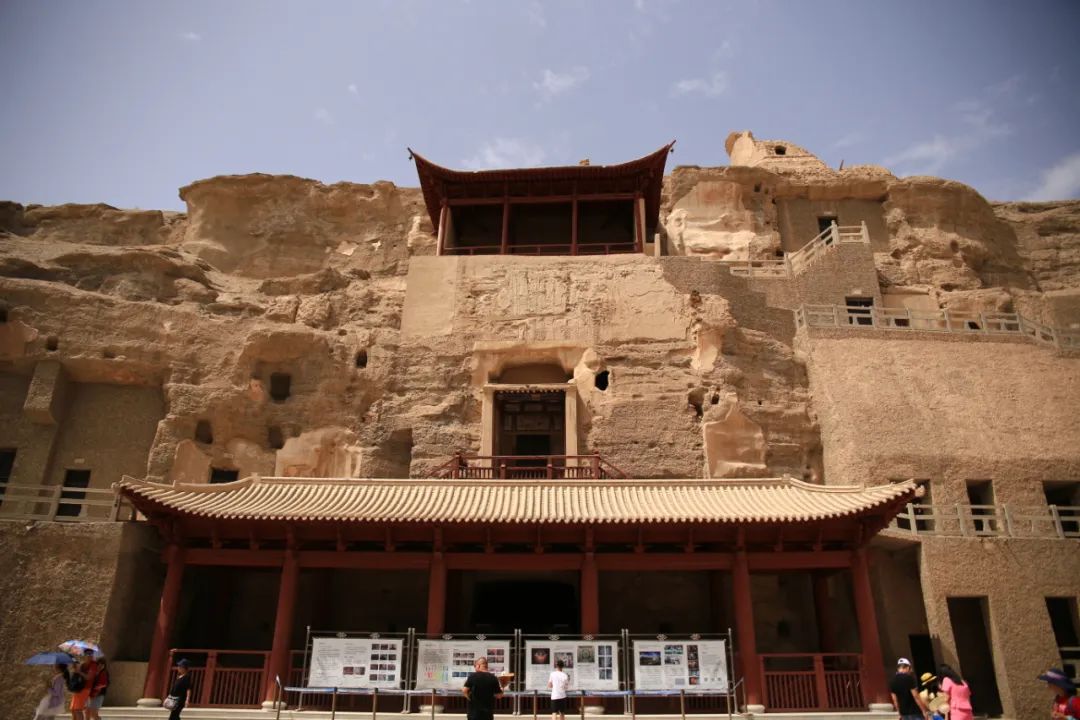
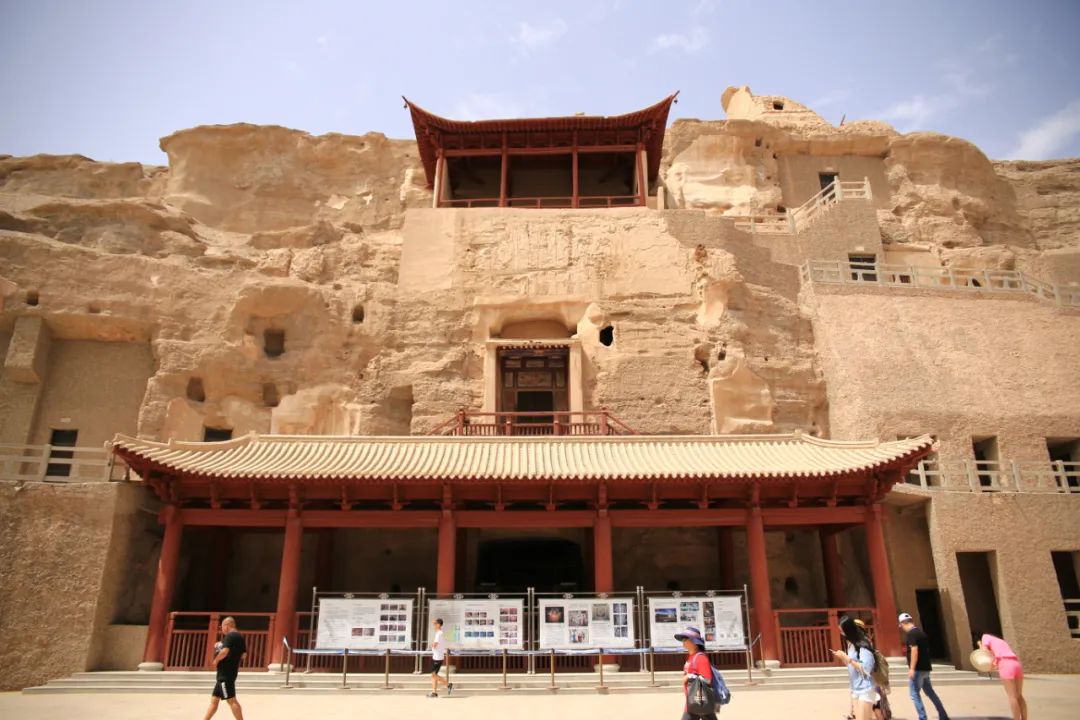
There seems to be a reclining Buddha here
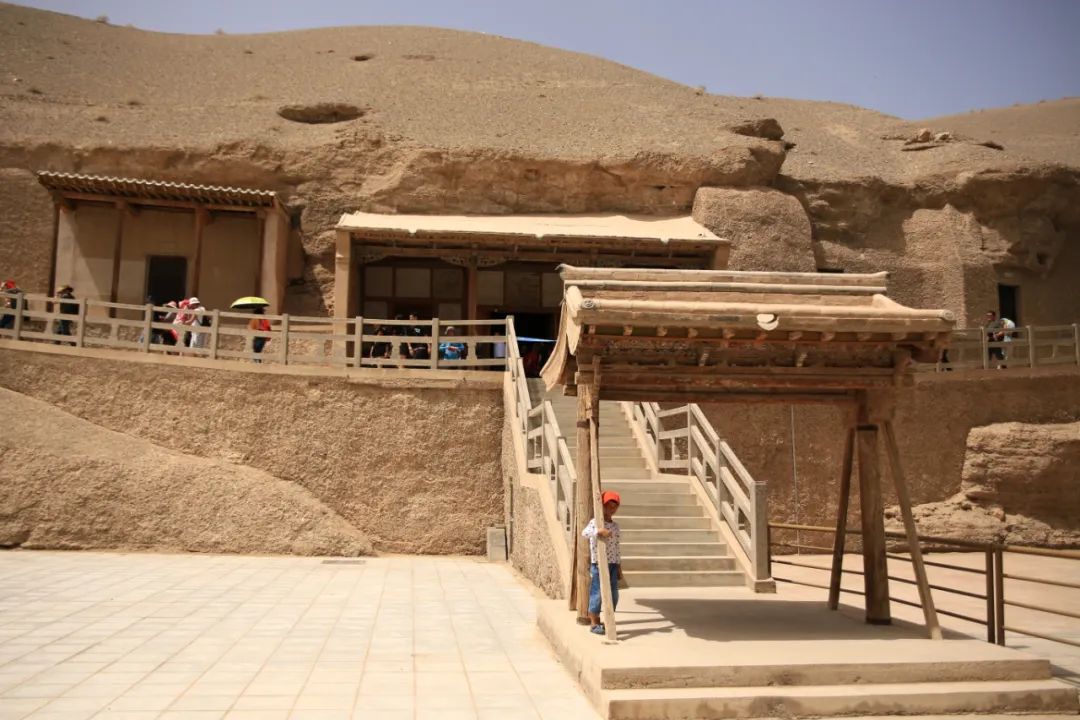
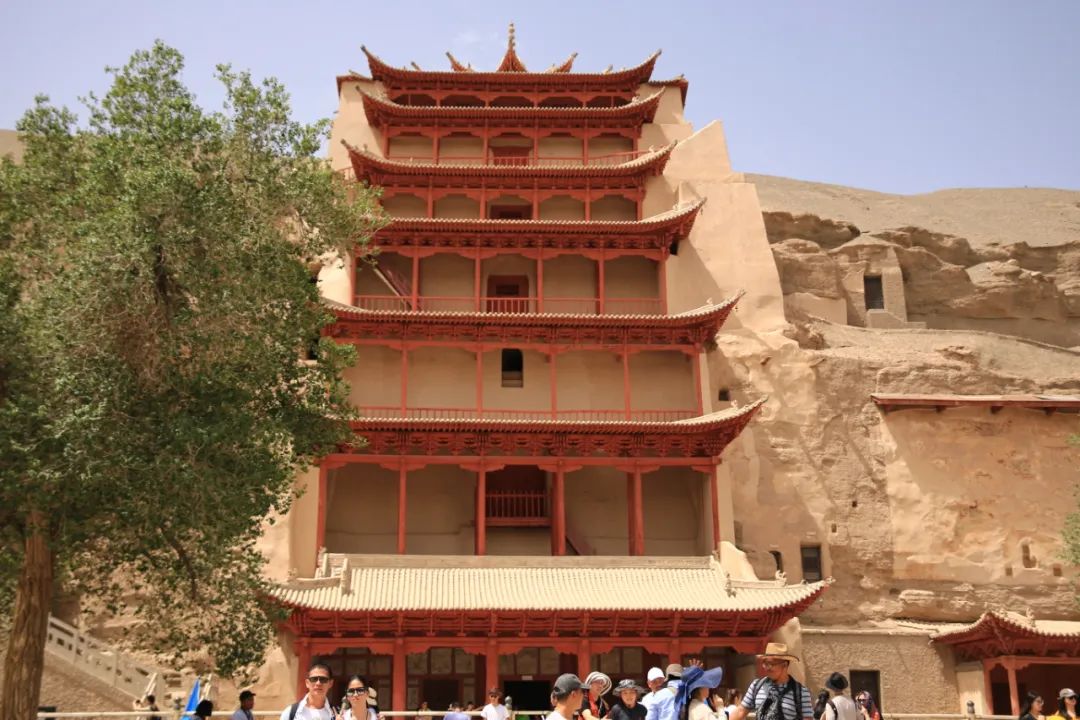
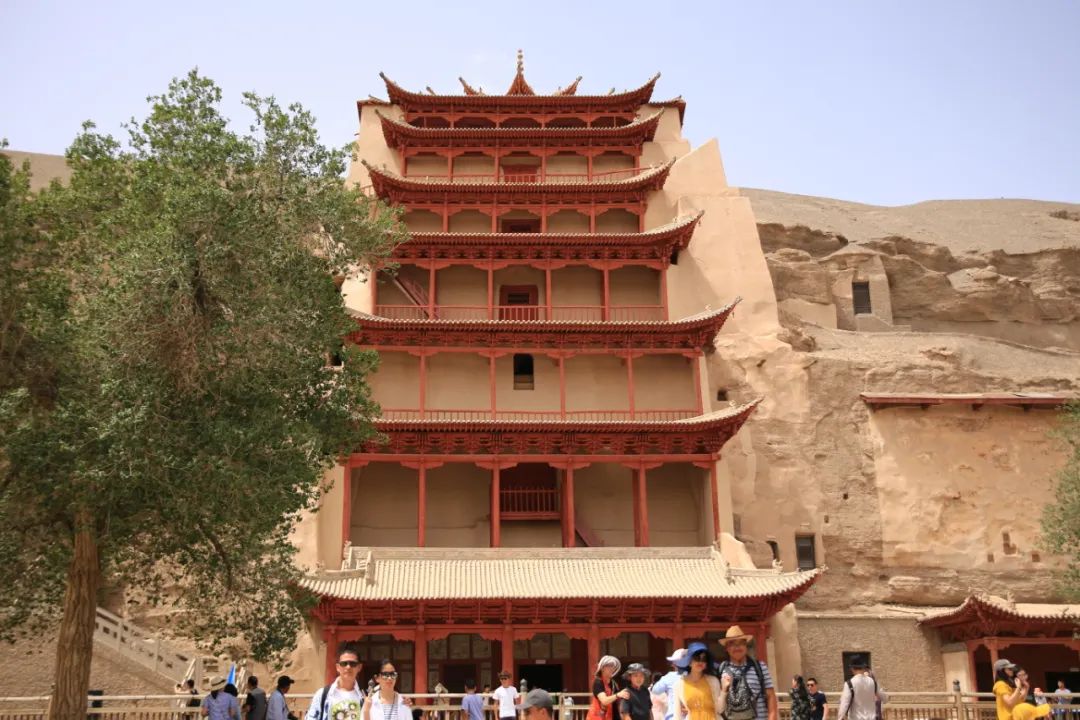
On the front of the iconic building, this is what all promotes the Mogao Grottoes.
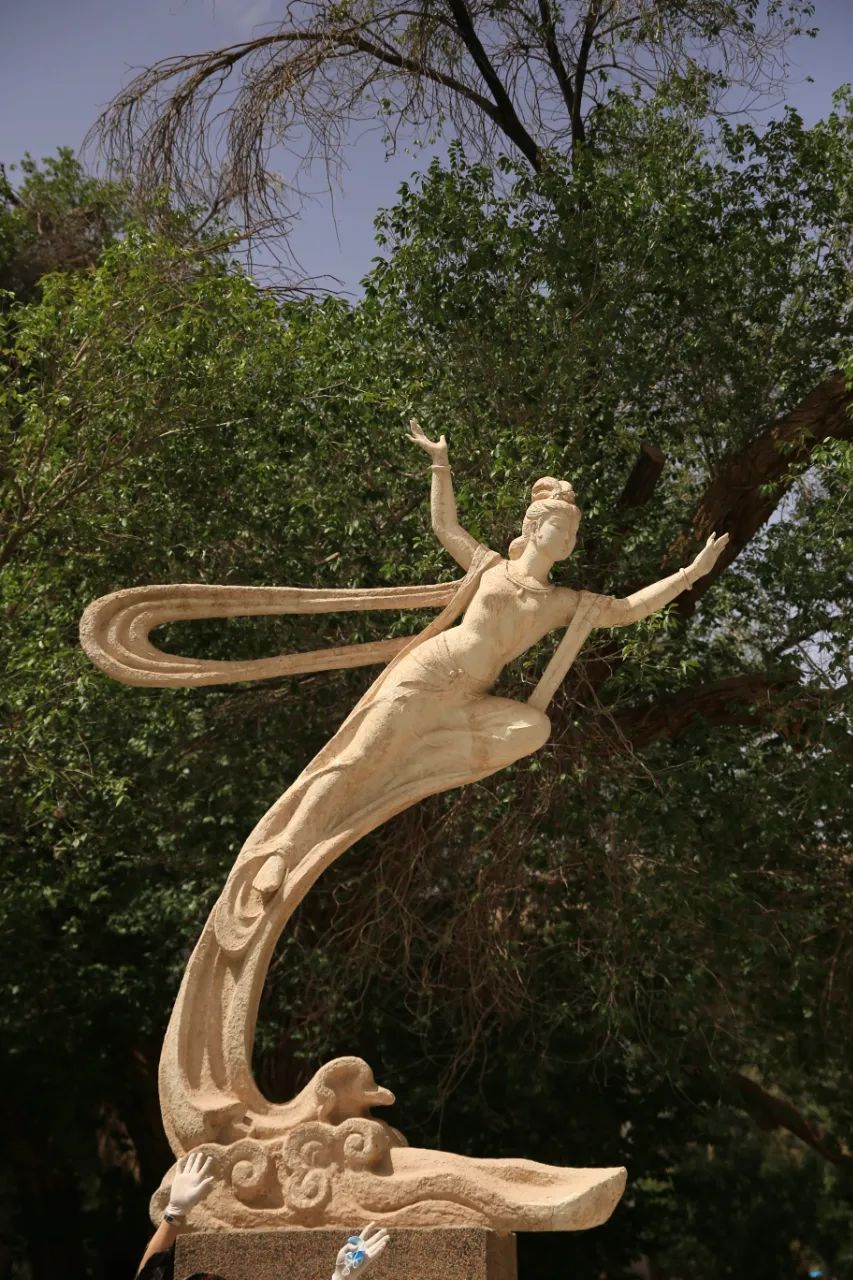
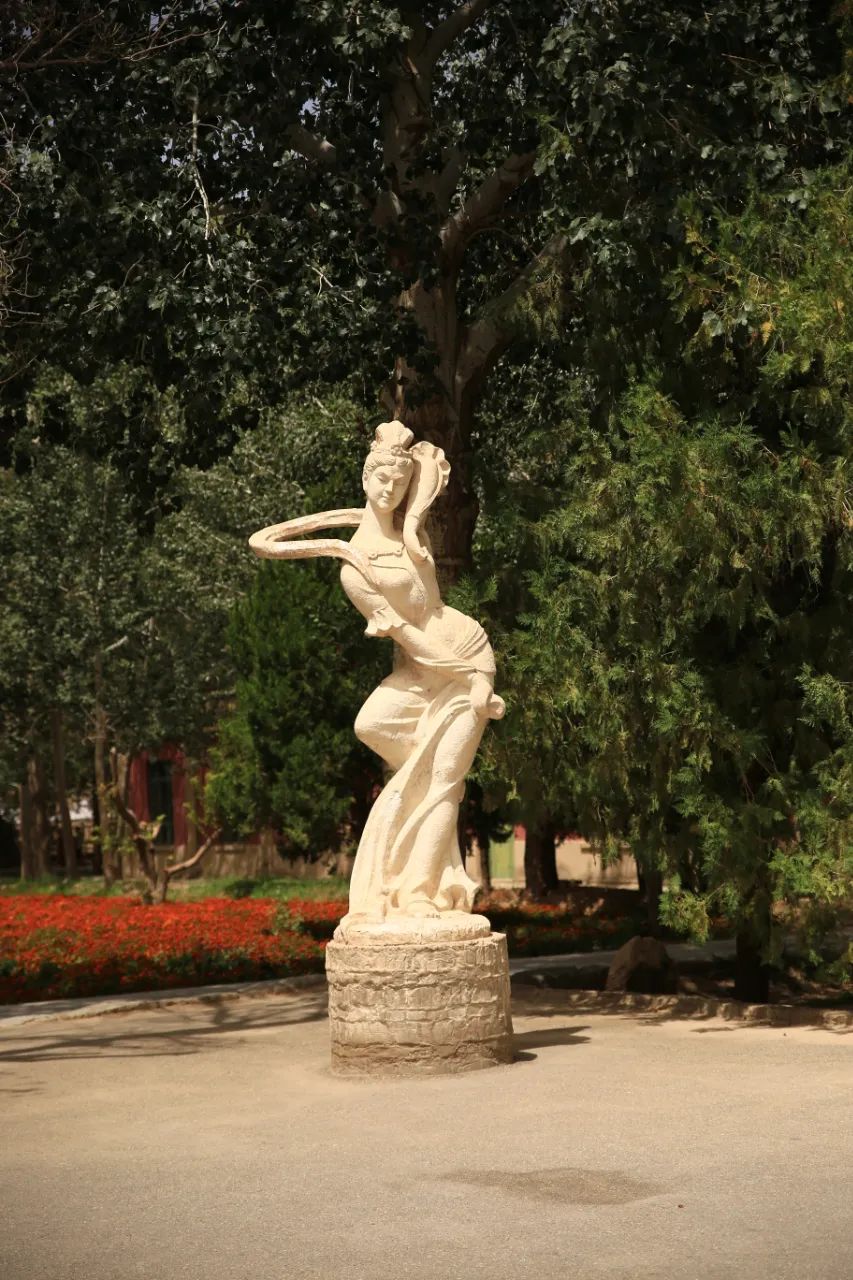
After the visit, walk towards the exit and there is this statue.
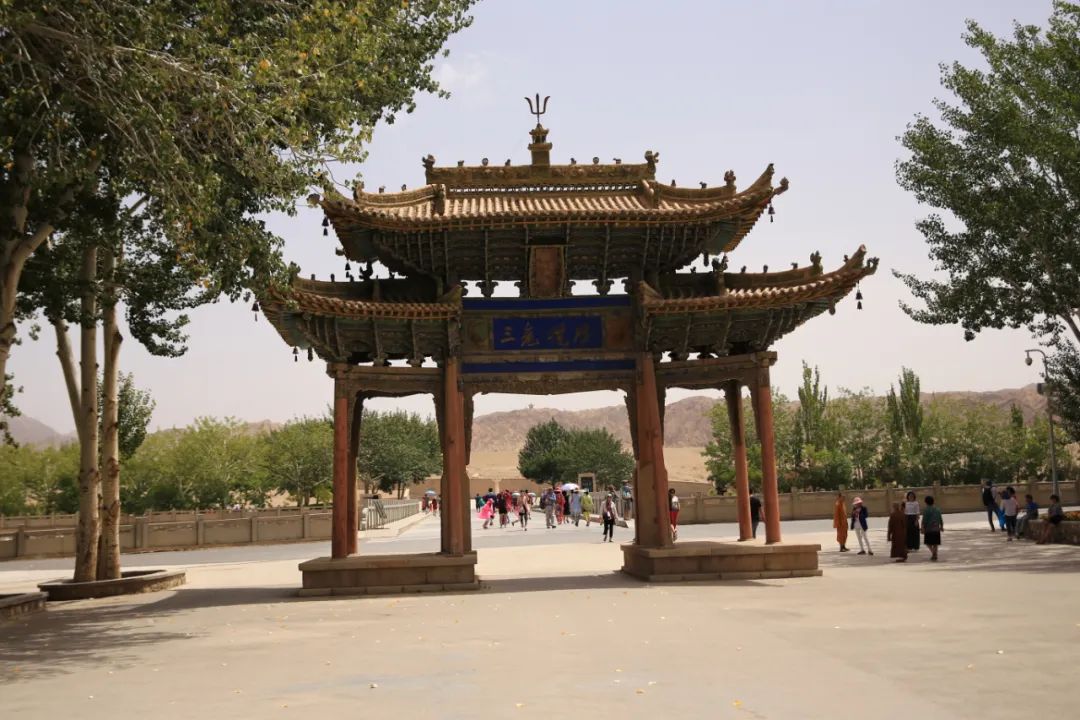
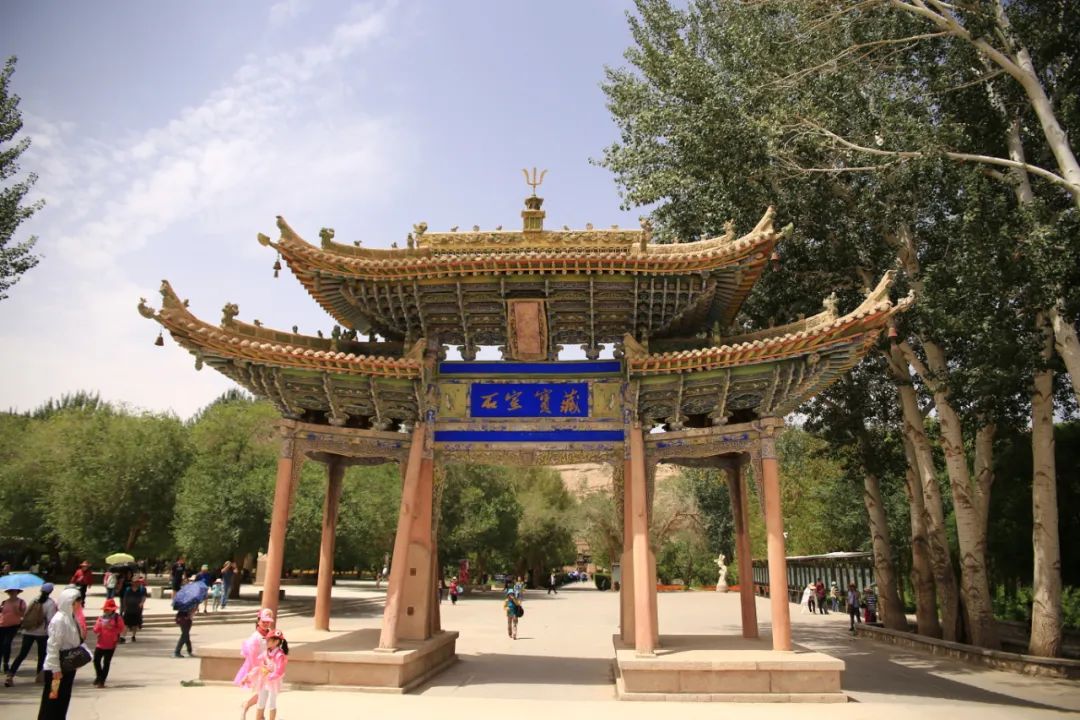
The content of the exit archway has been forgotten.
I arrived at nine in the morning and it was already one in the afternoon when I left after the tour. I don’t need to promote the value of this place.
After leaving the Mogao Grottoes, we entered a long drive again, but here we are heading southeast. The westward part of the Northwest Grand Ring Road has ended and we have begun to return eastward. The reason why it is called the circular route is because it goes from Qinghai to Dunhuang when going there, and comes back from Gansu when coming back. Look at the long thin strip on the Gansu map, which is our return route, which is the famous Hexi Corridor in history.
The goal for the evening is Jiayuguan, the west solstice of the Great Wall. Jiayuguan is a city, and Jiuquan next to it is also a city. Jiuquan is a prefecture-level city, the westernmost place among the "Four Hexi Commanderies" in the Han Dynasty. In the Qin Dynasty, this place and Dunhuang were under the jurisdiction of the Xiongnu. Later, in the long historical dynasties China had always been a frontier at this time, changing hands back and forth between the Han regime and the ethnic minority regime.
The distance between Jiayuguan and Jiuquan is only 20 kilometers. They were established as independent cities because of the famous Jiuquan Iron and Steel Company. The grievances and resentments between the two cities can also write a long story. Jiugang is the production base for construction steel in the entire northwest, and its status is self-evident.
Of course, this has nothing to do with me. What I care about is that my fourth brother, who lives in the same dormitory at university, lives in Jiayuguan. I haven’t seen him for more than 20 years, and I want to have a good time together. Unfortunately, we actually stayed in Jiuquan for the night, but we were classmates, so I informed us of the itinerary in advance, and the fourth couple drove to Jiuquan to pick us up. In the evening, we went to Jiayuguan to have a barbecue and enjoy the night view. The classmates were full of hospitality, but unfortunately the night view of Jiayuguan was really lackluster. They didn’t send us back to Jiuquan until midnight, which helped us see Jiayuguan in advance, because we will visit Jiayuguan again on our trip tomorrow.
